Take your documents digital with these PDF editors
Unlock the benefits of PDFs with top-class software
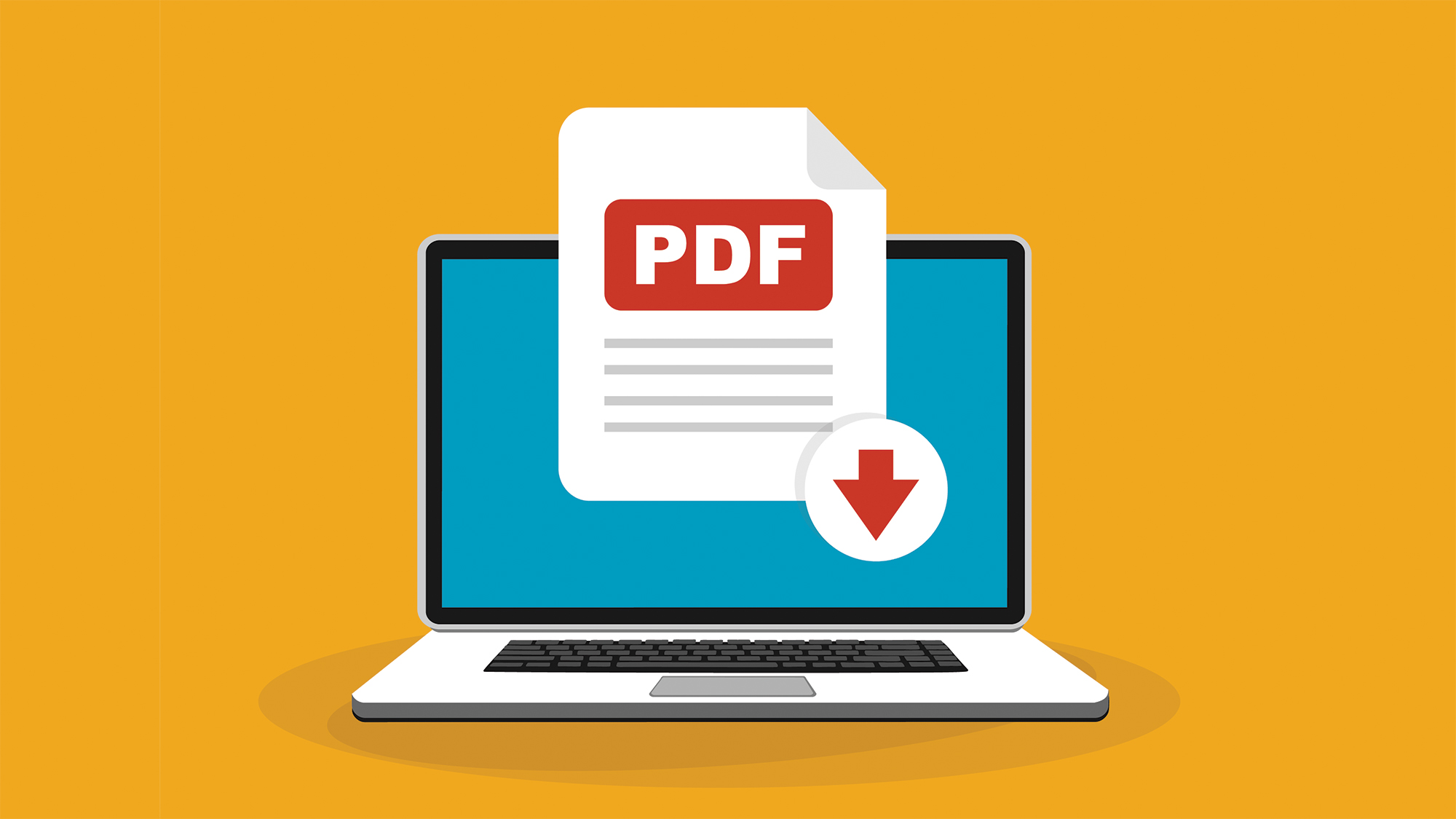

In the digital age, the idea of entire businesses being run on paper documents is near impossible to imagine, but forms and documents are still being used in many organisations.
Printed documents that have to be completed by hand can be costly, time-consuming and slow for companies. There is also an environmental impact to consider, with recent studies showing almost seven in ten sheets are eventually wasted.
The time it takes for employees to edit paper documents is a problem for businesses and makes it harder to respond to developments quickly. This can cause backlogs and clog up an operation.
With the risks involved in non-compliance as well as significant advances in document editing, management and workflow technology, it’s little wonder that many companies have long since started using alternatives.
PDFs have been around for decades, and there’s a reason for the format’s enduring popularity; it provides an efficient way to combine the best elements of digital technology to paper documents, thanks to things like enhanced security, OCR and advanced editing features.
Forms and documents are old school and can have serious implications for data processing and legal security. It's time to join the rest of the world and go digital.
The advantages of PDFs
Efficiency is one of the key advantages of using PDFs; it’s much easier to fill out a digital form via entering data or signatures into pre-assigned textboxes in a PDF than it is to print it out, complete it by hand, re-scan the completed form and then share it with the relevant party.
Get the ITPro daily newsletter
Sign up today and you will receive a free copy of our Future Focus 2025 report - the leading guidance on AI, cybersecurity and other IT challenges as per 700+ senior executives
The resulting delay between data capture and data processing makes matters worse. Direct capture without disruption can easily overcome these issues - rather than printing out a form and getting it to the relevant department, employees can transmit a completed version directly, with the whole process being completely traceable.
According to IDC, putting in place digital-first document processes like this can boost revenue by 36%, while slashing costs by 30%. Analysts estimate that business and legal risks fall by a third when forms are electronically processed end-to-end. PDFs also offer the ability to make it impossible to edit documents beyond filling in certain sections. Other fully-editable document formats, such as Word docs, can have their formatting completely ruined by one misplaced keystroke.
Paper and printed documents can also entail legal problems. Certain aspects of data privacy make hard copy forms and printouts problematic. Without PDFs, it is very difficult to specify the authorised user group for a document. Anyone with physical access to the records, or who just happens to be standing by the printer when the document prints, has access to potentially sensitive data. Paper documents can be stolen or simply picked up with no way of tracking them down.
In comparison, electronically-produced and distributed PDF documents are considerably safer. Many providers have encryption and access options that mean unauthorised people can't read them. With access management, you can specify who can view, print or change files.
Companies that use PDF documents are also in the best position when it comes to providing proof of communication. Most email providers store a copy of all sent messages and attachments, so that it can be legally proved which document was sent to which address and when. With digital signatures and e-signatures becoming a prevalent method of authenticating digital documentation, users can also be more confident than ever before that regulations are being complied with.
Contrary to popular belief, digital signatures and e-signatures aren’t the same thing, but it’s easy to spot the difference. Digital signatures use encrypted code to authenticate a signer’s identity to sign documents electronically. E-signtures, on the other hand, refer to any electronic process that indicates acceptance of an agreement or a record.
They both replace traditional, inefficient signatures while facilitating digital business transactions, and are as legally binding as a hand-written signature. As a rule of thumb, e-signature processes are easier to implement than their more advanced, yet technically demanding, digital signature cousins.
When looking for a digital authentication solution it’s worth bearing in mind that different countries require different levels of signature verification. Some prefer digital signatures due to the advanced identity verification they provide, while others' legislation will be slightly looser.
You don’t need an overflowing bin beneath your desk to remind you that paper is disposable. Neither is it durable. By maintaining electronic files, you are ensuring that data remains backed up, be it on hard-drives, flash-drives, or stored safely in the cloud. While this could sound slightly labour-intensive, cloud-based systems can be scheduled to provide automatic backups, removing the need for staff to spend valuable work-hours maintaining these electronic files. PDFs can also be made searchable, making it much easier to find the specific information that you’re looking for when trawling through multiple large documents.
What to look for in a PDF tool
All of the major browsers now include in integrated viewer allowing PDF files to be opened and read, but if you want to actually create or edit PDFs yourself, there are a few options. Document creation suites like Word or Google Docs allow files to be saved as PDFs, but they don’t allow for the more in-depth customisation offered by dedicated tools.
PDF editors include the ability to do a huge range of things, including redact sensitive information, batch-convert files to or from PDF, password -protect confidential PDFs, and even create PDFs from scanned documents - complete with making any text searchable and editable through optical character recognition.
The list of potential features and functionality offered by PDF programmes is almost endless, but which ones you’ll need likely depends on the nature of your business and what you use PDFs for. If you’re looking to digitise a large amount of hard-copy documents, then batch-processing and high-quality OCR should be at the top of your wish-list. On the other hand, if your goal is to create PDF-based marketing assets like flyers, reports or brochures, then you’ll be more in need of in-depth layout, editing and collaboration tools.
Pricing is a factor too; some vendors offer their PDF editors via a subscription model, while others will let you purchase it outright. Your preference for CapEx versus OpEx will likely be a deciding factor in which one you find most attractive, but bear in mind that a one-off purchase may mean you don’t benefit from future feature updates.
Whatever your needs, there’s almost certainly going to be a PDF editor that’s right for you - and we’ve put six of them through their paces to help you find it.
Bobby Hellard is ITPro's Reviews Editor and has worked on CloudPro and ChannelPro since 2018. In his time at ITPro, Bobby has covered stories for all the major technology companies, such as Apple, Microsoft, Amazon and Facebook, and regularly attends industry-leading events such as AWS Re:Invent and Google Cloud Next.
Bobby mainly covers hardware reviews, but you will also recognize him as the face of many of our video reviews of laptops and smartphones.
-
 Bigger salaries, more burnout: Is the CISO role in crisis?
Bigger salaries, more burnout: Is the CISO role in crisis?In-depth CISOs are more stressed than ever before – but why is this and what can be done?
By Kate O'Flaherty Published
-
 Cheap cyber crime kits can be bought on the dark web for less than $25
Cheap cyber crime kits can be bought on the dark web for less than $25News Research from NordVPN shows phishing kits are now widely available on the dark web and via messaging apps like Telegram, and are often selling for less than $25.
By Emma Woollacott Published
-
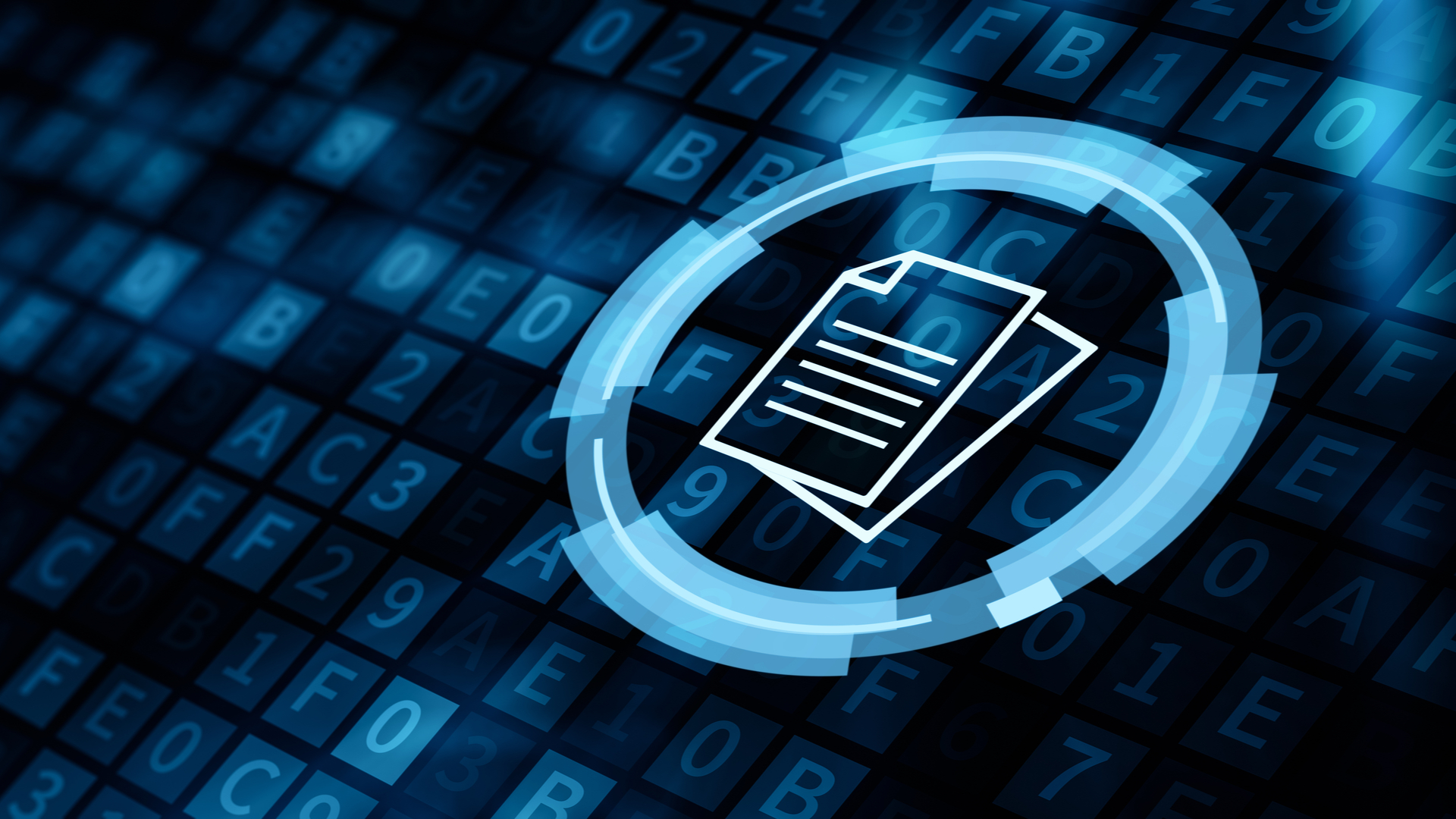 A complete guide to document management systems
A complete guide to document management systemsIn-depth Need a solution to all those documents you have in your business?
By Rene Millman Last updated
-
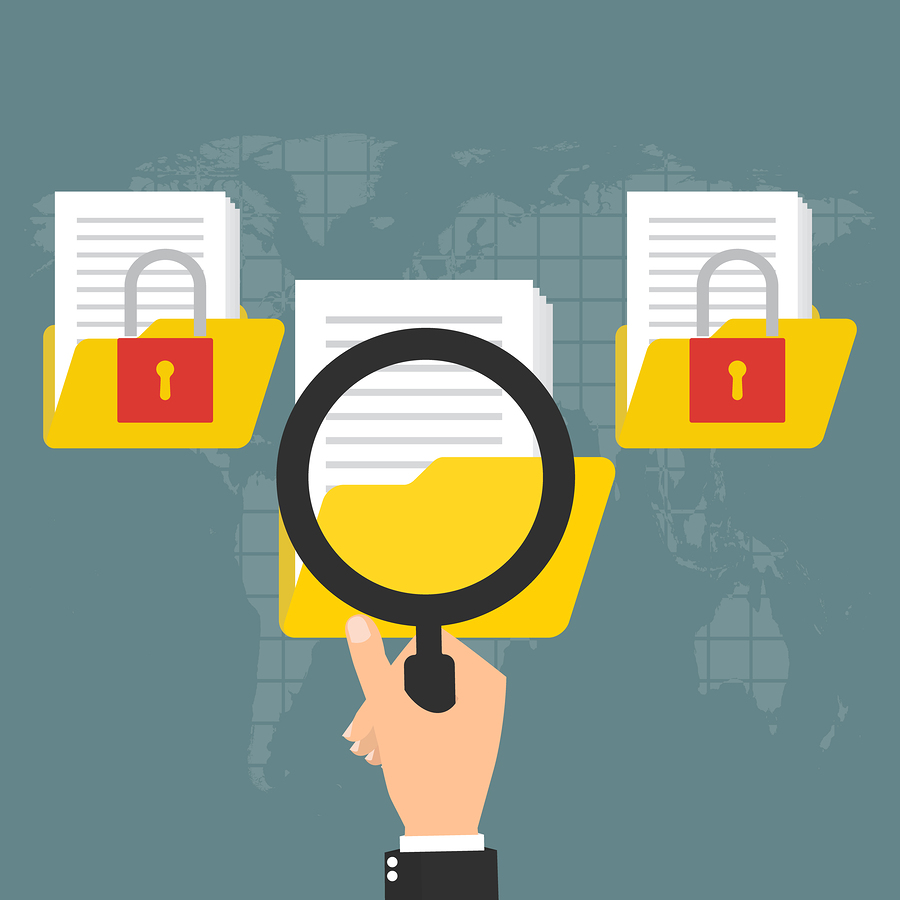 Documents: the security risk you hadn't thought of
Documents: the security risk you hadn't thought ofIn-depth The consequences of data loss are becoming more and more serious
By Esther Kezia Thorpe Published
-
 How to get the most out of document management
How to get the most out of document managementIn-depth Document management may sound dull, but Steve Cassidy finds out how it can save you valuable time - and money
By Steve Cassidy Published
-
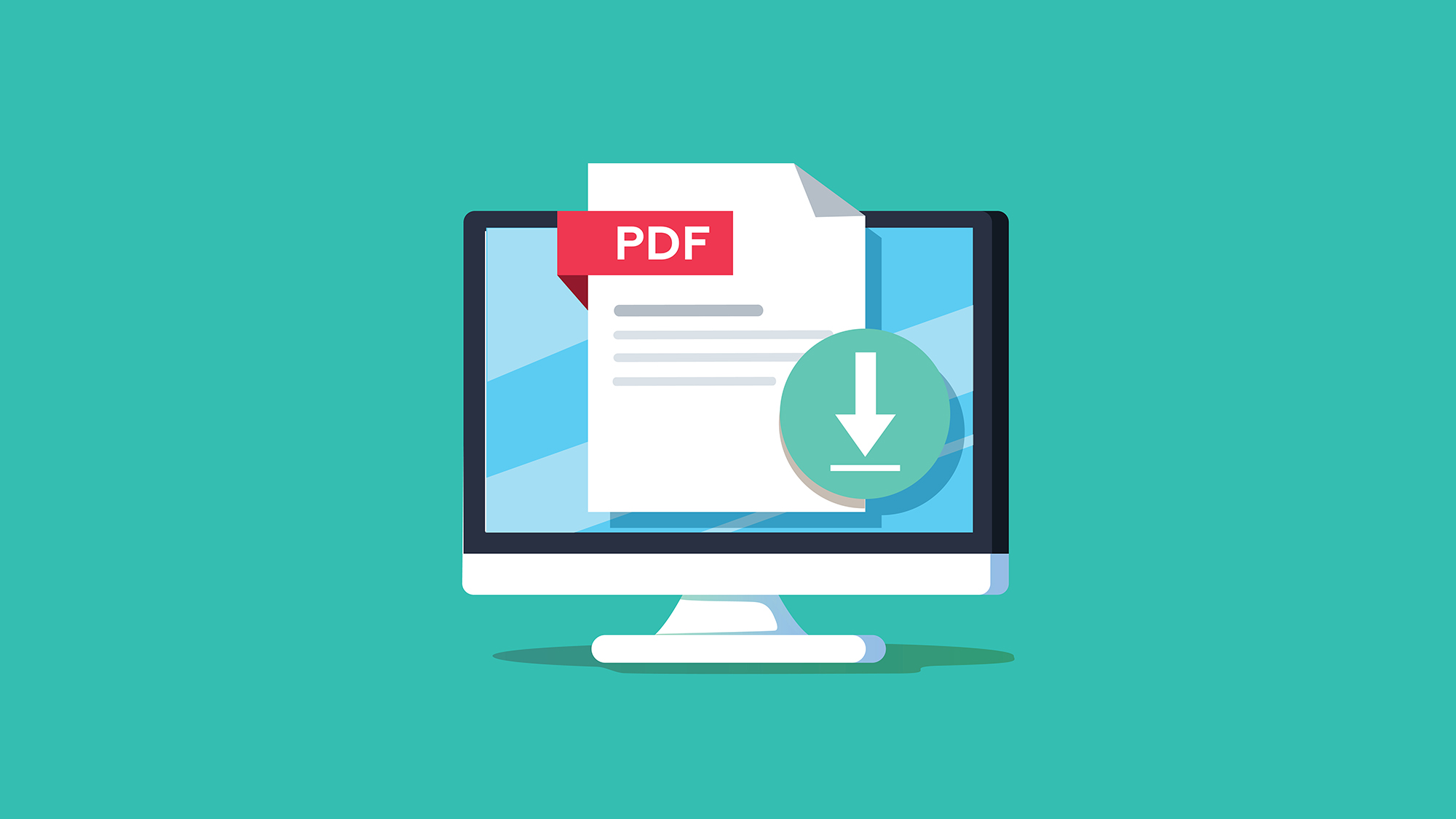 Three ways to protect PDF documents
Three ways to protect PDF documentsIn-depth How can you safeguard your organisation's documents?
By Esther Kezia Thorpe Last updated
-
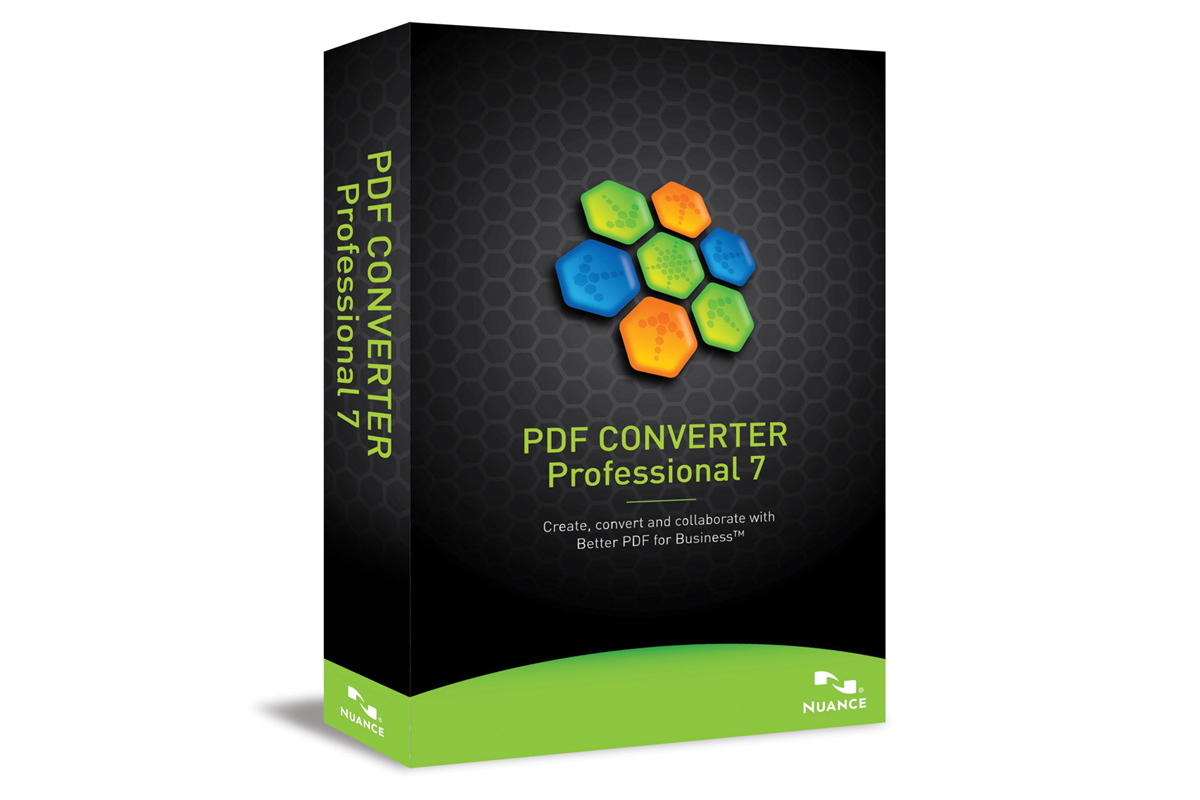 Nuance PDF Converter Professional 7 review
Nuance PDF Converter Professional 7 reviewReviews Comprehensive PDF creation, editing and exporting facilities at a fraction of the price of Adobe Acrobat Pro. Is it a bargain or do you only get what you pay for?
By Ben Pitt Published
-
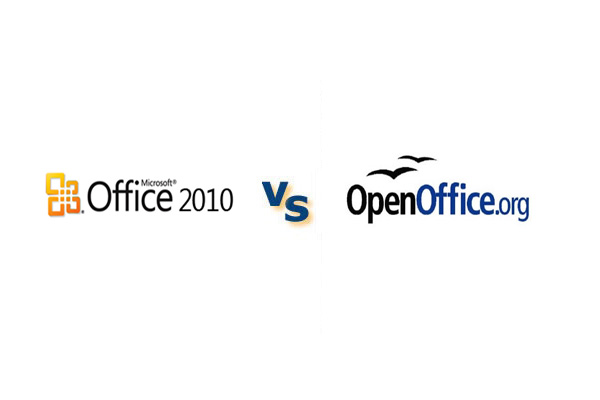 Head to Head: Office 2010 vs Open Office 3.1
Head to Head: Office 2010 vs Open Office 3.1Reviews UPDATED: It's a battle of the office productivity suites as we look at how Office 2010 shapes up against its main open source alternative. We find out which is best in this head to head review.
By Tony Crammond Published
-
 Adobe adds to patching burden with 29 flaw fixes
Adobe adds to patching burden with 29 flaw fixesNews Adobe has its own major security patch update for its PDF-reading software.
By Asavin Wattanajantra Published
-
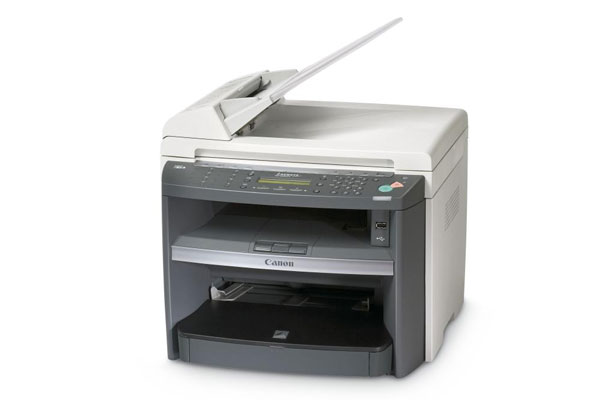 Canon i-Sensys MF4690PL
Canon i-Sensys MF4690PLReviews If you're looking for fast scan to print copying from your workgroup laser, this Canon is worth considering.
By Simon Williams Published